DNA of Enslaved Workers from the Industrial Revolution Reveals a Corrected View of African American History
A new research study has uncovered ancestry details previously thought lost to the history of some deceased slaves at Catoctin Mountain Park in Maryland. These slaves worked for decades and have surviving descendants living in the United States to this day.
Many slaves from the trans-African slave trade were brought to America without extensive documentation, which leaves many of their descendants unsure of their own family history.
Tracing Lineages
The study was published in the Journal Science, and aimed to help uncover the lost lineages of 27 deceased people who were buried at Catoctin Furnace African American Cemetary.
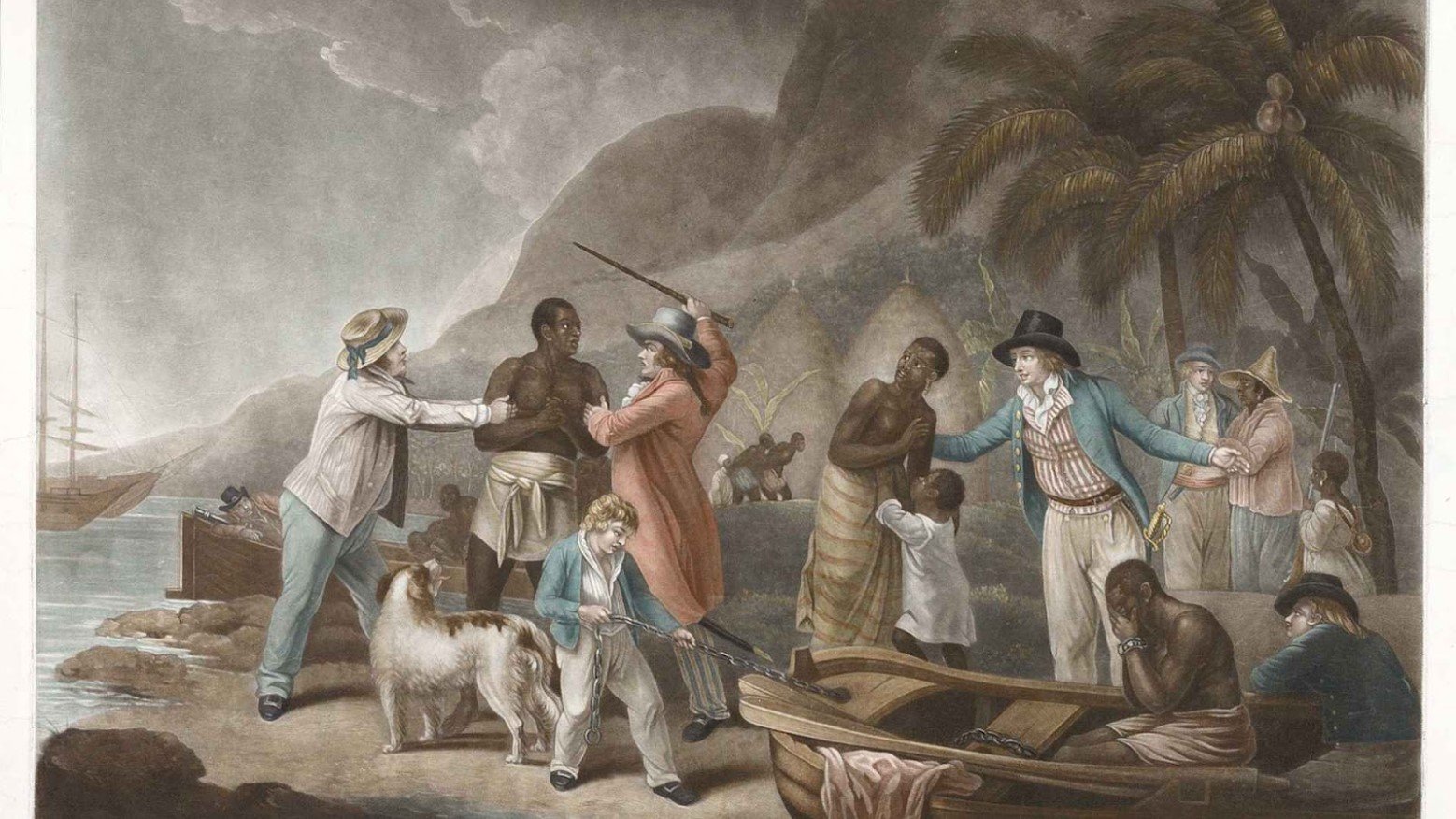
Source: John Raphael Smith/Wikimedia
“Few African Americans have been able to trace family lineages back to ancestors who died before the 1870 United States Census, the first in which all Black people were listed by name,” the study said.
Severed by Slavery
Anthropologist Kari Bruwelheide from the Smithsonian’s National Museum of Natural History in Washington was one of the co-authors of the study. She stressed the importance of this information for African Americans.
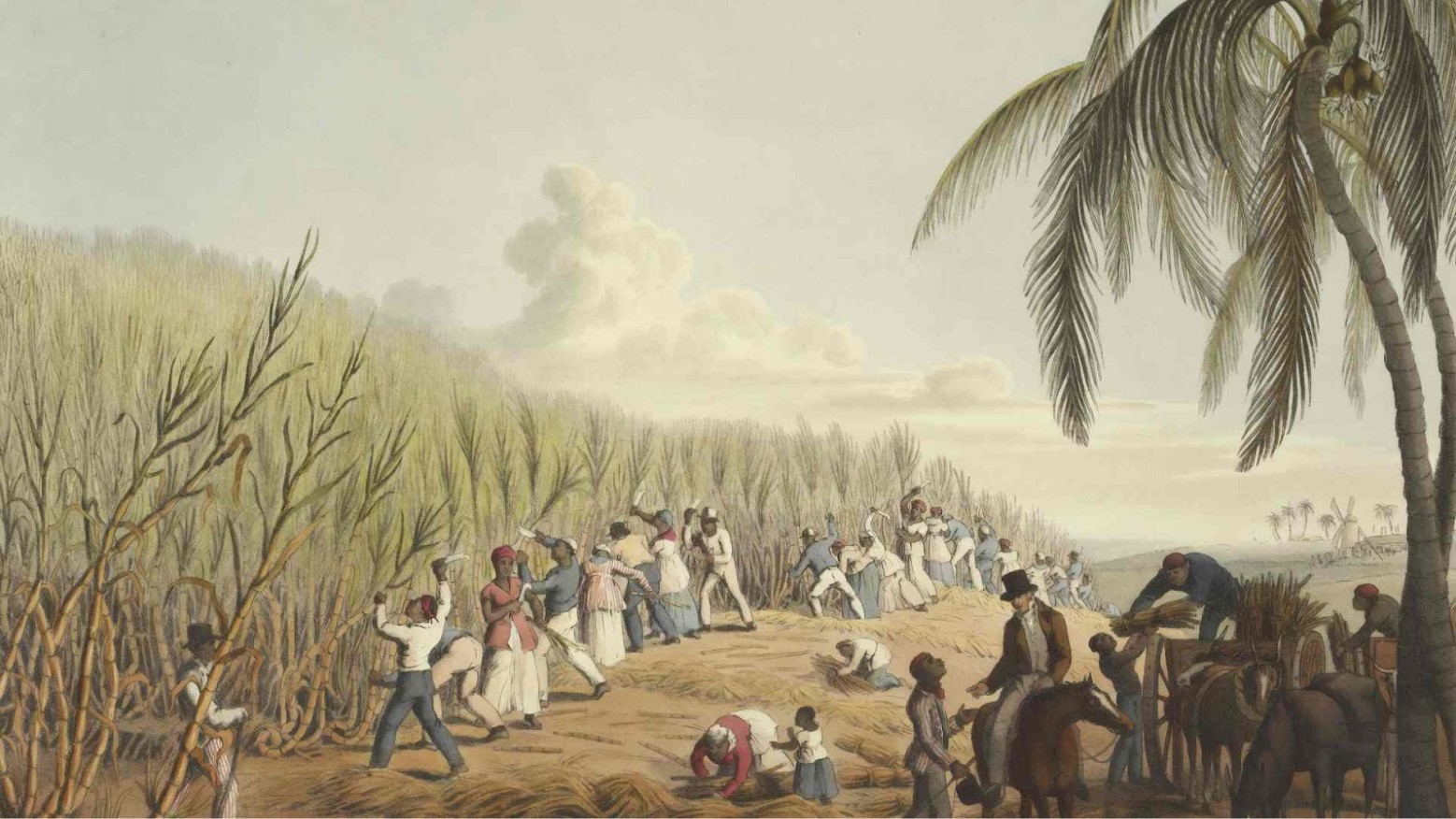
Source: British Library/Unsplash
“This knowledge was severed by slavery – a truth that has implications for African Americans far beyond the community of Catoctin Furnace,” Bruwelheide said.
Historical Context of Catoctin Furnace
Established in 1776, Catoctin Furnace was integral to early American industry, producing materials crucial during the Revolutionary War (via the National Park Service). This site employed a significant number of enslaved African Americans, who were essential to its operation, performing labor-intensive tasks in harsh conditions.

Source: Eric T Gunther/Wikipedia
Their contributions, now recognized through DNA analysis, highlight their forgotten role in America’s industrial development.
Property Not People
The lead study writer Éadaoin Harney, who is also a 23andMe population geneticist, emphasized the problem of missing African Americans from history.

Source: John Raphael Smith/Wikimedia
“Enslaved African Americans are largely excluded from the historical record, and in documents where they are mentioned, they are often treated as property, not as people,” said Harney.
Study Findings
The 27 deceased individuals’ DNA was taken and analyzed by the research team. They found that most of the individuals had some traces of European DNA.
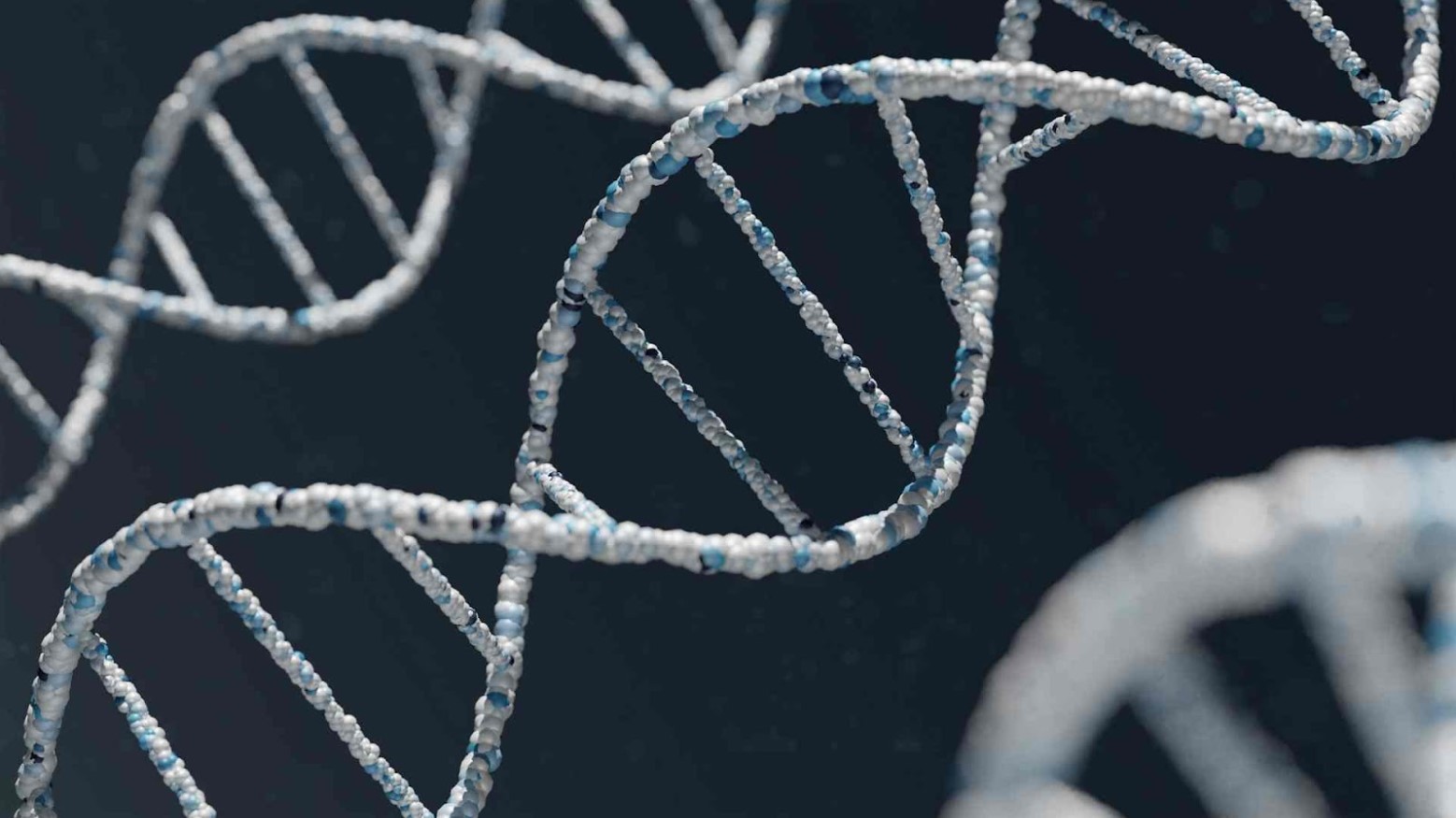
Source: Warren Umoh/Unsplash
This led the team to suspect evidence of sexual abuse consistent with other records of abuse of slaves during this time. Enslaved Africans were forced to work in many sectors of America, including agriculture, industry, and in homes.
Giving a Voice
One study writer named Kathryn Barca is a Smithsonian researcher. They hoped that this research could help provide a voice to those deceased individuals who have been silenced by history.
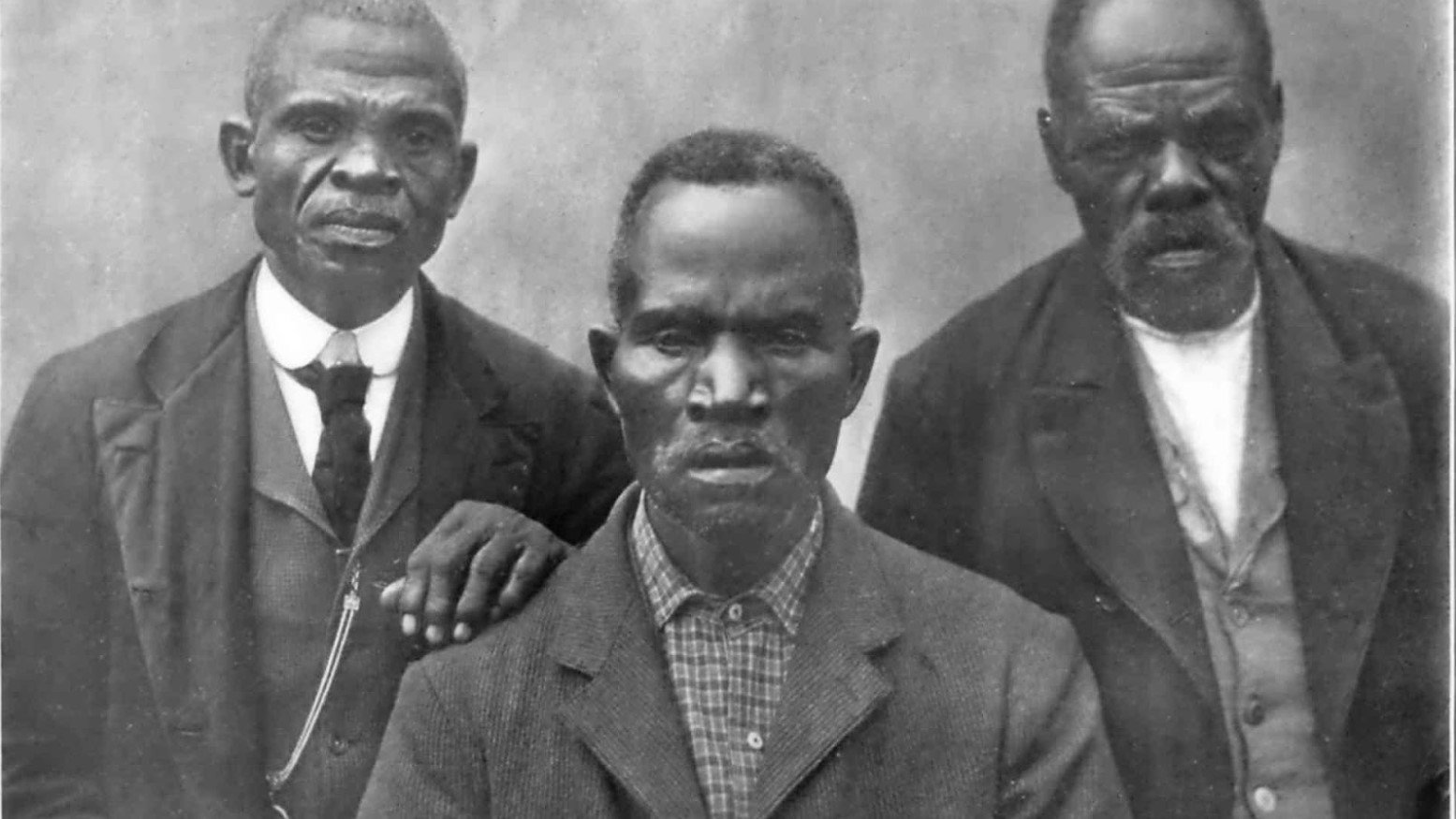
Source: Charles J. Montgomery/Wikimedia
Barca says, “The experiences of African Americans within the early industrial complex of the United States are not completely understood and their labors in this system have not been thoroughly explored or acknowledged.”
Genetic Families Identified
Researchers identified five distinct genetic families among the Catoctin individuals, indicating that enslaved families were often buried in proximity, possibly reflecting their social structures during life.
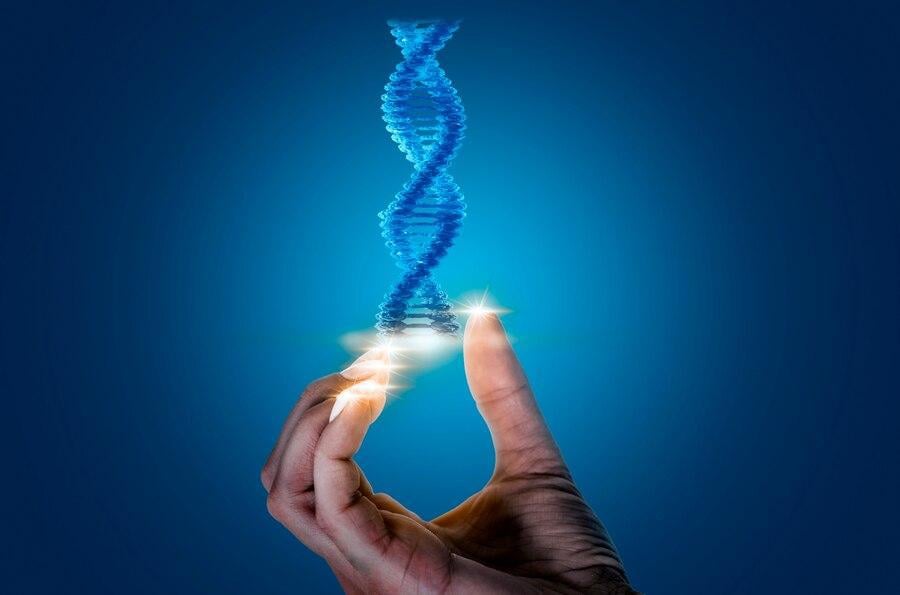
Source: Freepik
This discovery, crucial for reconstructing community and kinship ties, helps illuminate the personal and familial aspects of life under enslavement, which historical records often overlook.
Catoctin Furnace
Not everything is known about what went on at Catoctin Furnace, which is a few miles away from the famous Camp David that presidents of the United States will often retreat to.
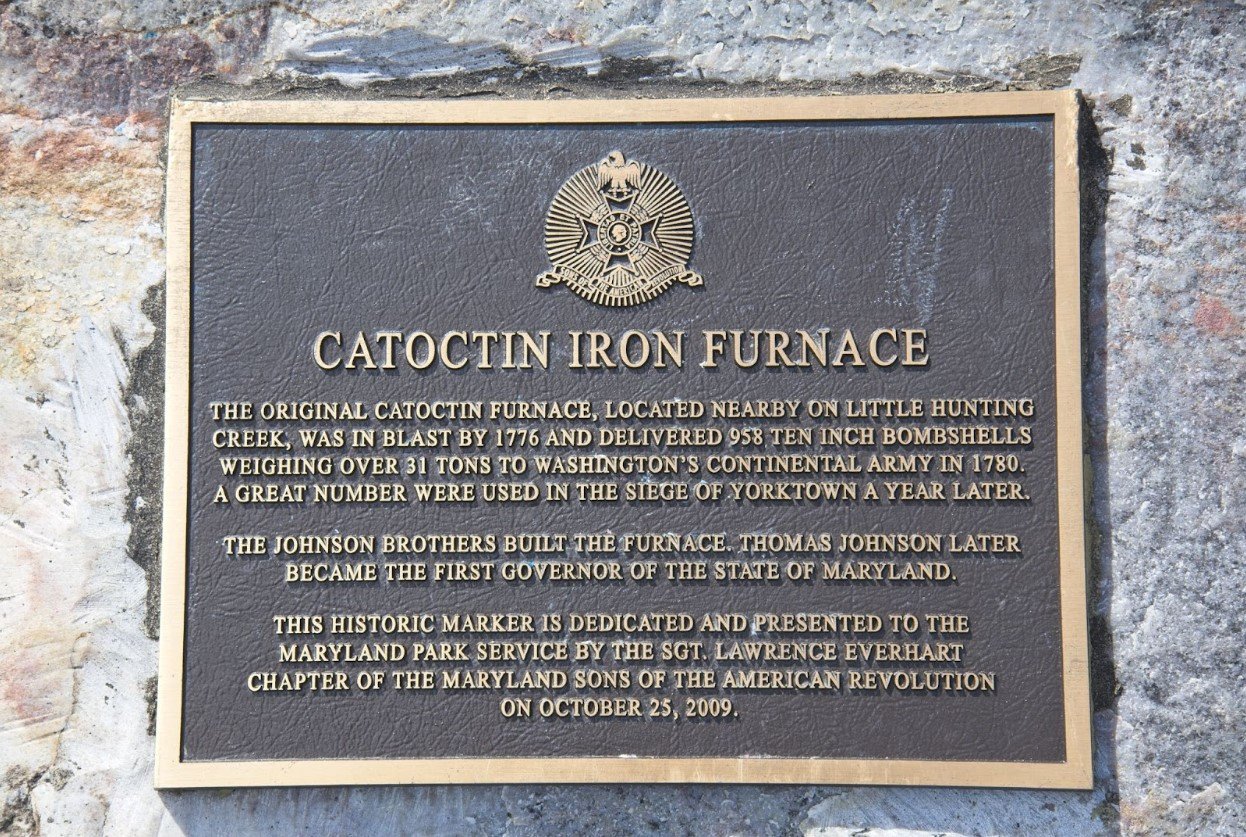
Source: G Wayne Rhodes/Wikimedia
Enslaved workers were in charge of mining iron ore and keeping the furnaces producing various goods. Slaves would produce cannon balls, pots, utensils, and more as a major workforce.
Genetic Relatives
The study was able to successfully identify thousands of genetic relatives thanks to the help of research participants from a genetic database.
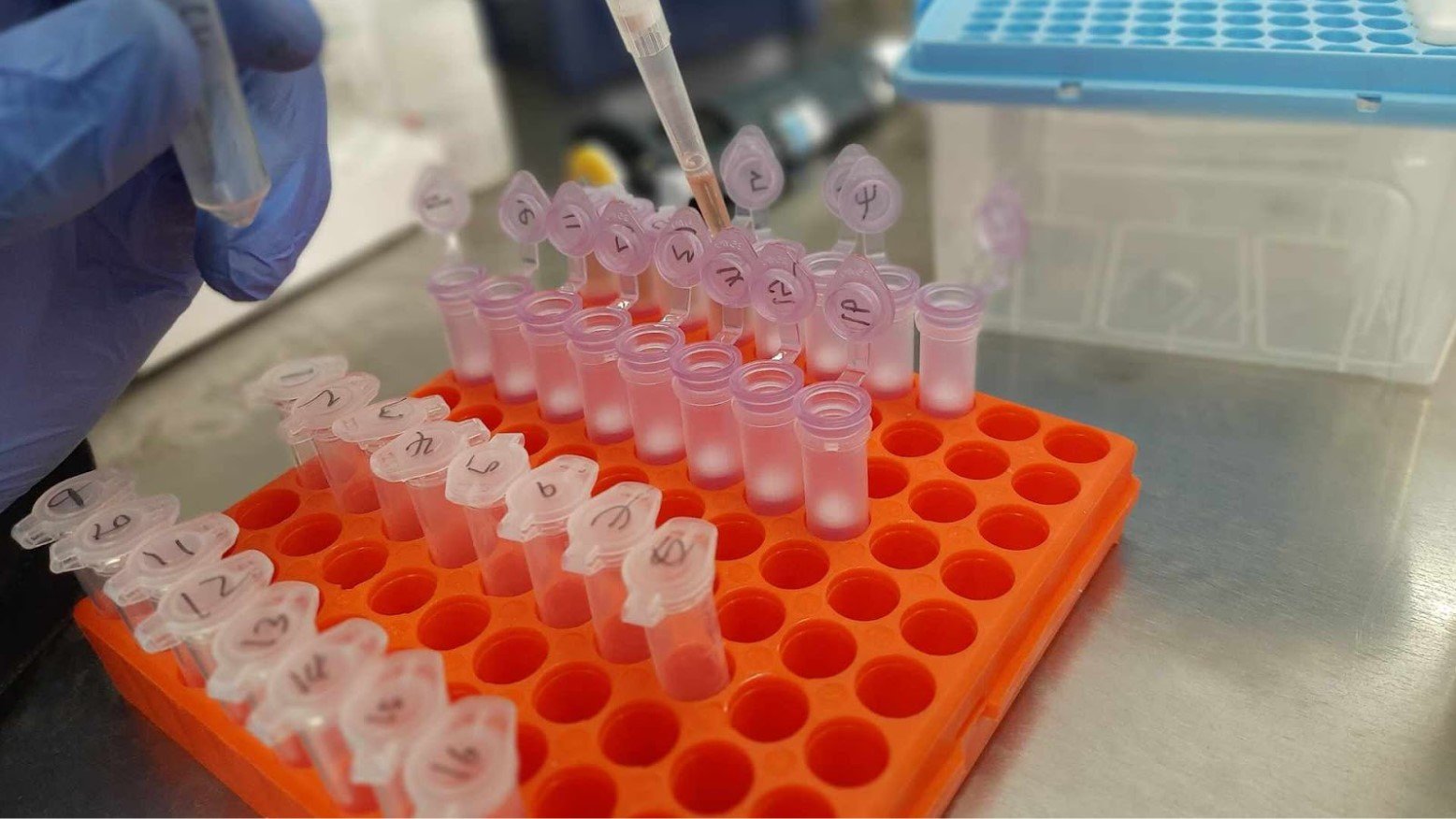
Source: Ajay Kumar Chaurasiya/Wikimedia
“We analyze 27 individuals from Maryland’s Catoctin Furnace African American Cemetery (1774–1850), identifying 41,799 genetic relatives among consenting research participants in 23andMe, Inc.’s genetic database,” said the study.
Relatives Living in Maryland
Researchers were able to match DNA with these genetic relatives to determine that many of the descendants of these 27 individuals are clustered around Maryland.

Source: Matthew Bornhorst/Unsplash
This led the researchers to conclude that some of these individuals’ descendants have remained in the area since the time of their ancestors’ death. The study was able to identify which people living in the area were close relatives of the deceased individuals.
Ancestry Details
One question on the researcher’s minds was where they could trace the ancestry of these individuals to. The study also asserts that many of the individuals have Wolof and Kongo African ancestry as well as other places on the African continent.
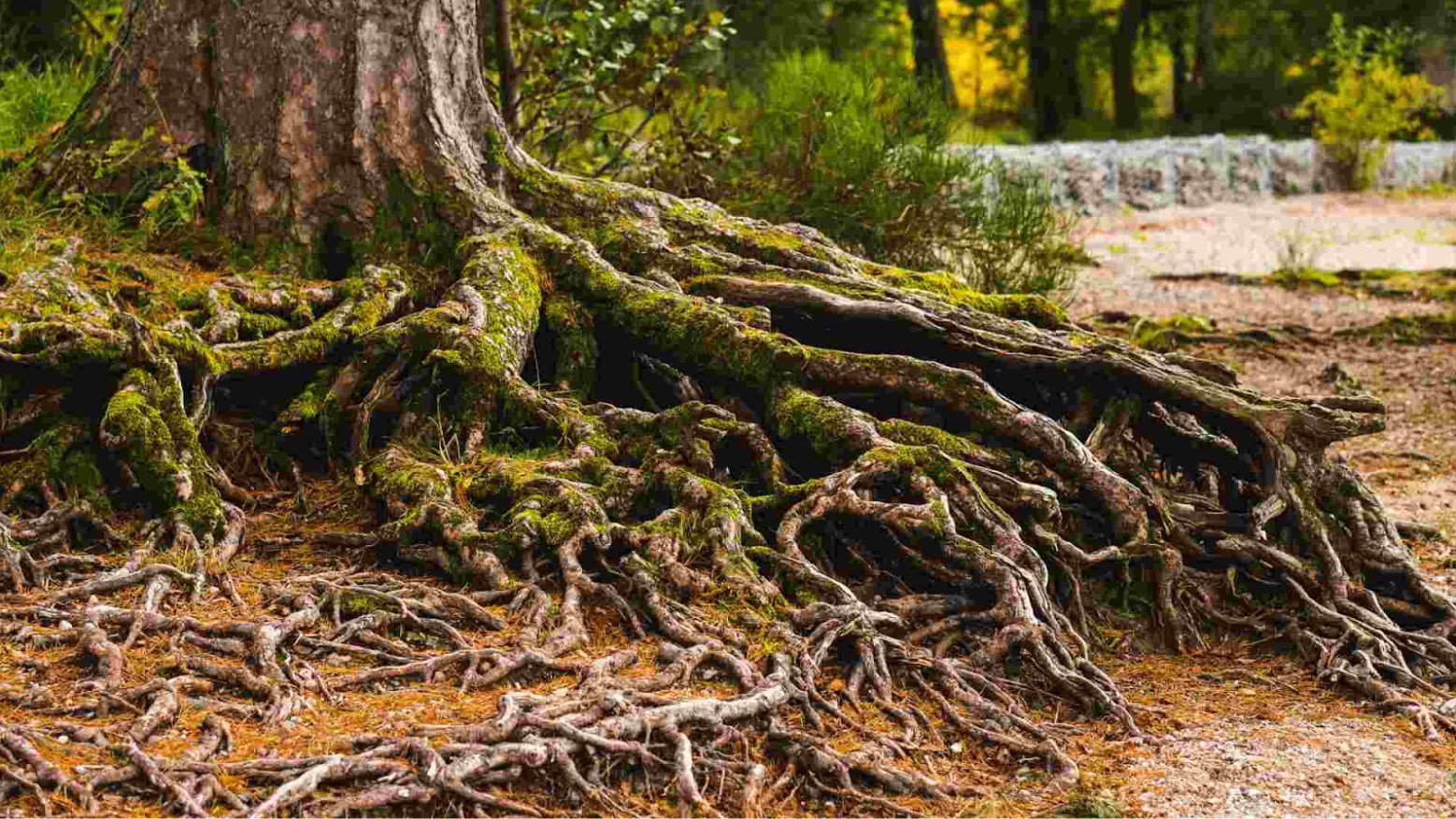
Source: Ellis Garvey/Unsplash
The Wolof people of that time are thought to have lived in West Africa, while the Kongo people from Central Africa.
Joint Analysis
Researchers celebrated the study as a triumphant collaboration between DNA analysis and consumer-level DNA research. In particular, the collaboration between research scientists and the company 23andMe was instrumental to the study’s success.
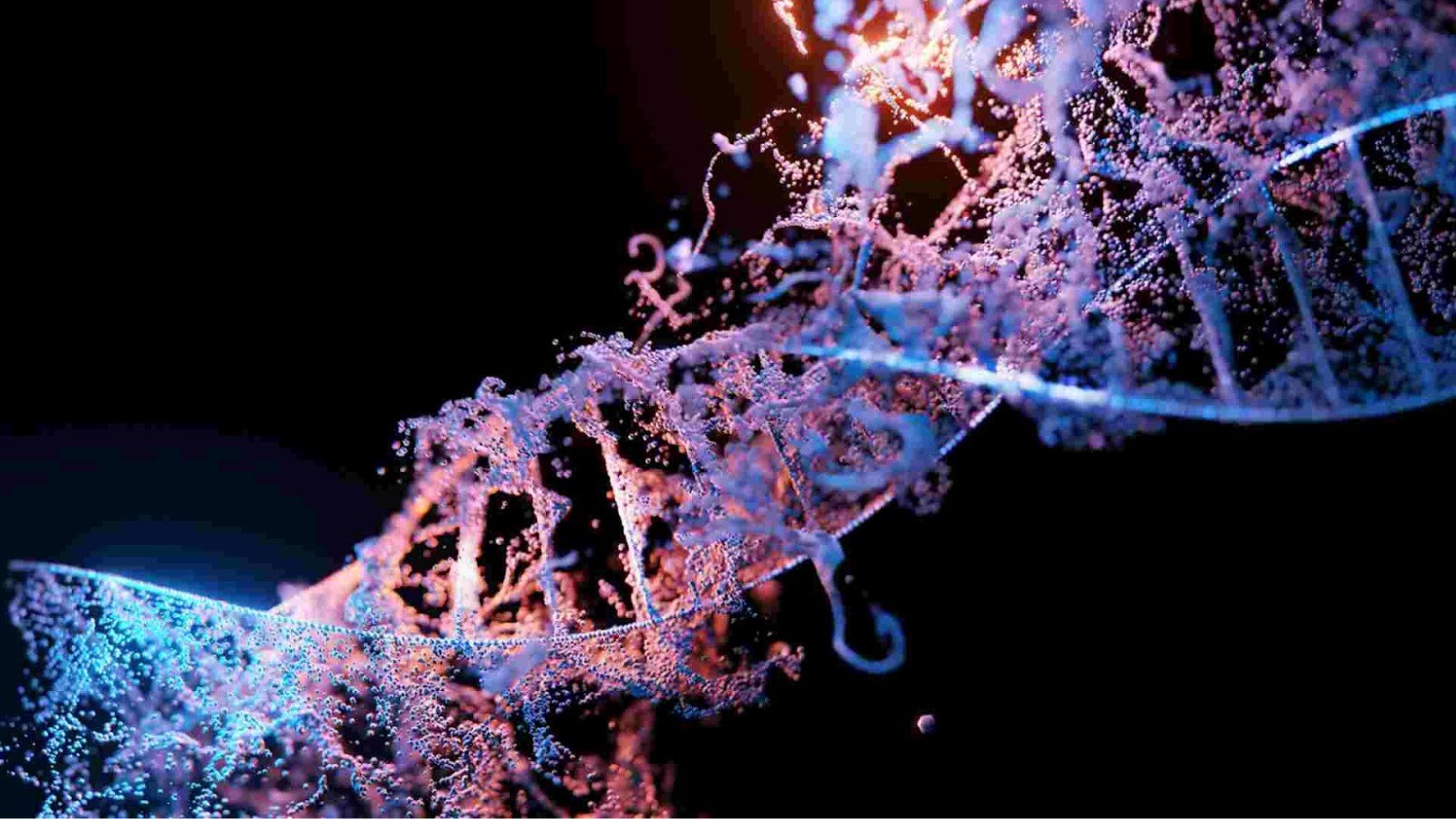
Source: Sangharsh Lokakare/Unsplash
“This study demonstrates the power of joint analysis of historical DNA and large datasets generated through direct-to-consumer ancestry testing,” the research paper said.
Returning Results to Descendents
This research would be invaluable to the actual descendants of these individuals but they have not yet been notified.
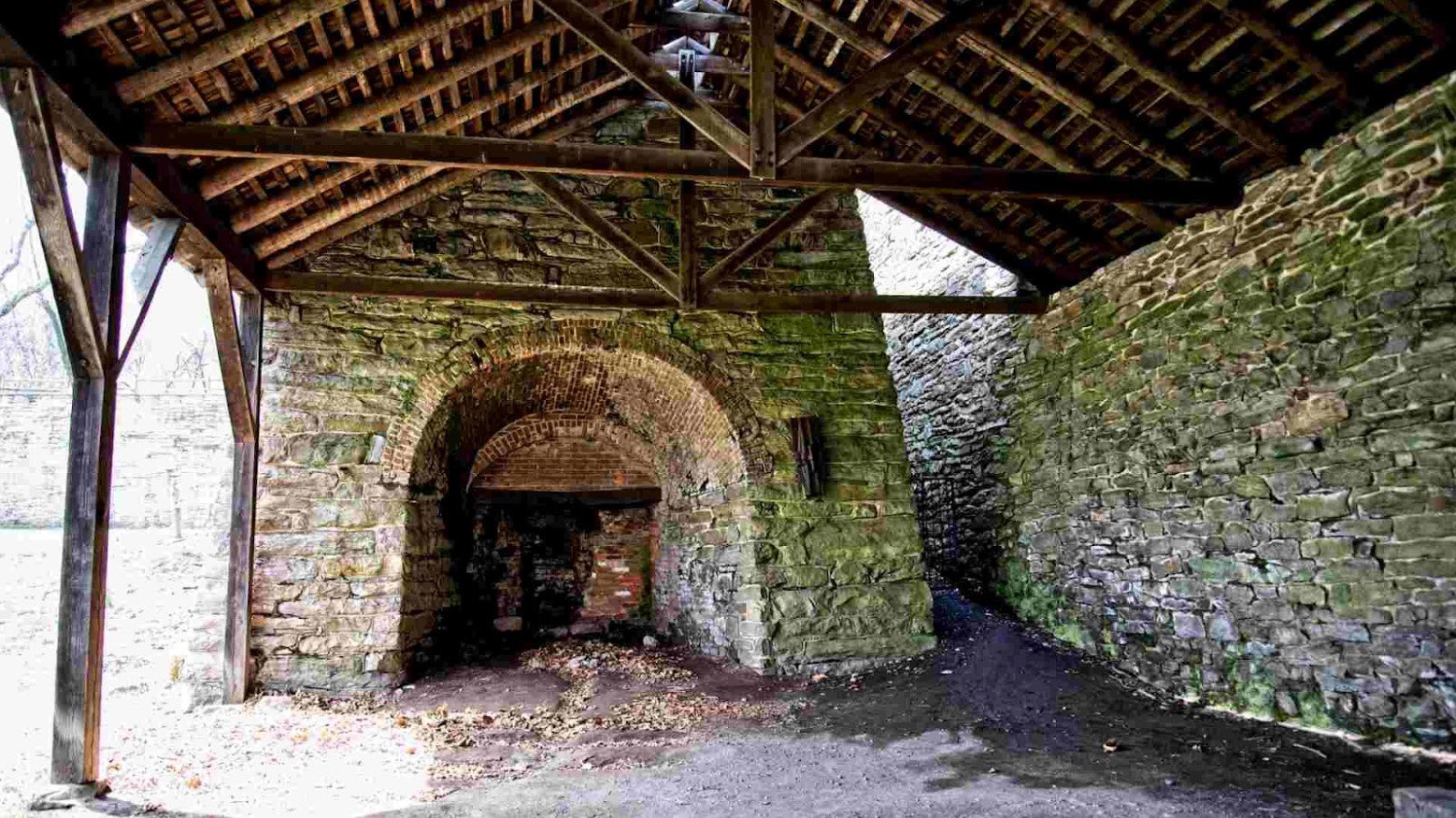
Source: G Wayne Rhodes/Wikimedia
“We are considering a way to thoughtfully and ethically return results to those in the 23andMe database who would like to know if they are connected to the Catoctin Furnace individuals,” said 23andMe spokesperson Andy Kill.
Genetic Diseases Found
Some Catoctin individuals carried genetic markers for sickle cell anemia and G6PD deficiency, diseases prevalent among African Americans today (via Johns Hopkins Medicine).
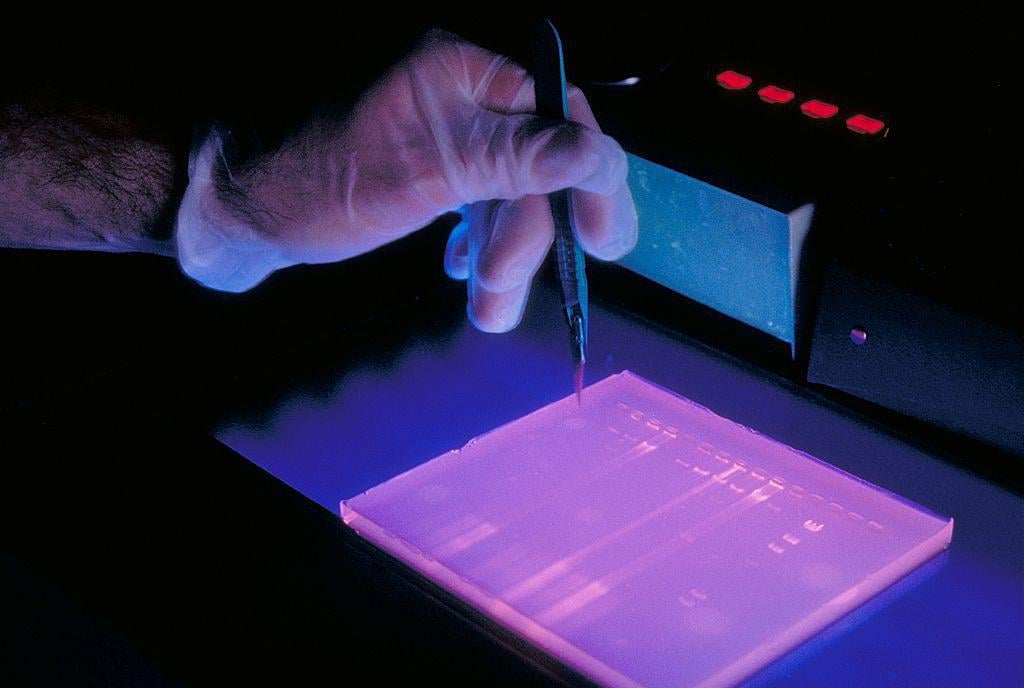
Source: Smith Collection/Gado/Getty Images
These findings provide a major link to the health struggles that began in the past and persist in descendants, illustrating the enduring impact of ancestral conditions on current generations.
Ethical Considerations
The project navigated ethical territories, balancing scientific exploration with respect for the descendants’ rights to privacy and connection to their ancestry.
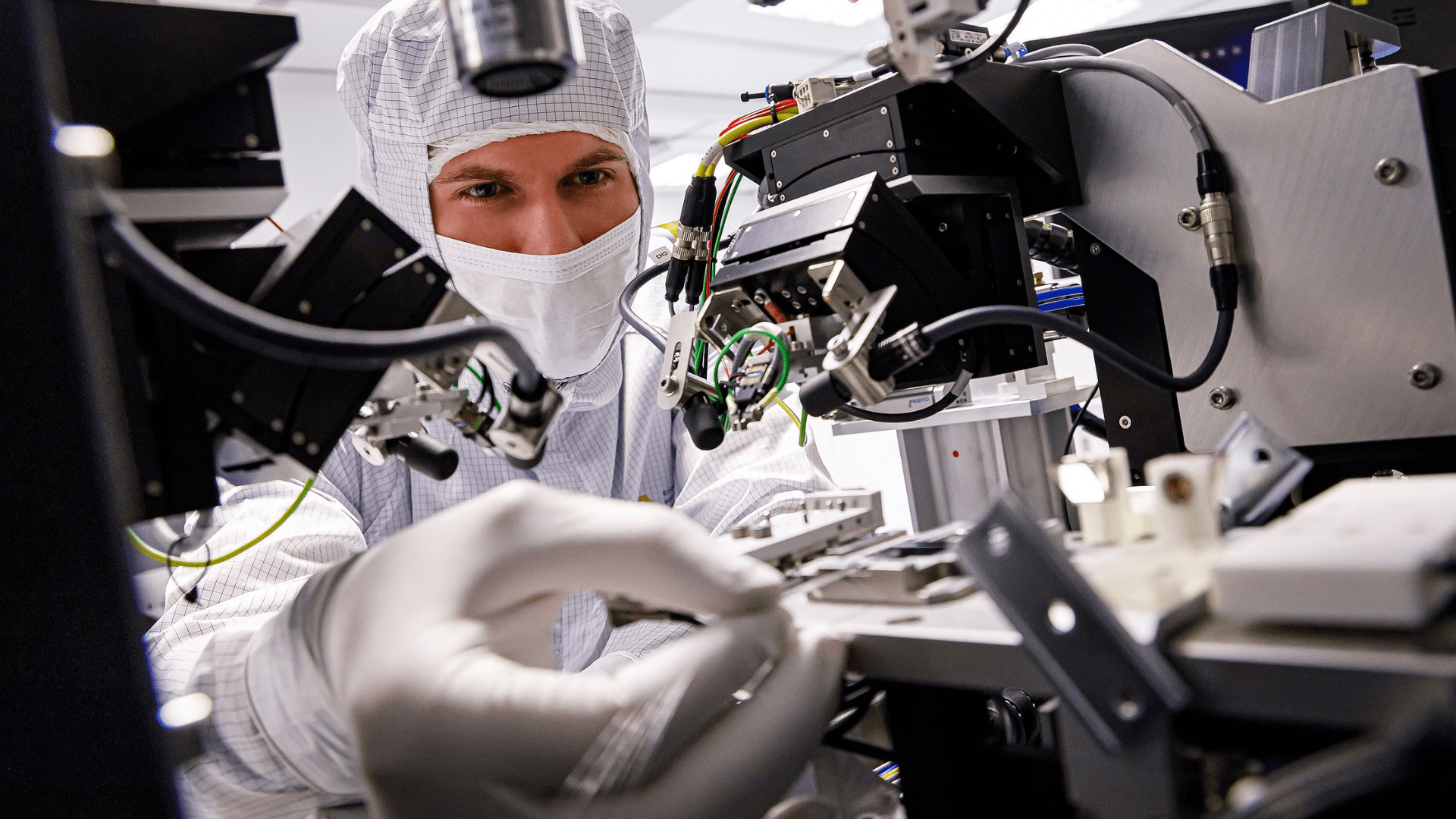
Source: FMNLab/Wikimedia Commons
Researchers engaged with the community, following guidelines to ensure ethical handling of DNA analysis and findings dissemination, striving to restore knowledge and honor the deceased.
Biogeographic Origins
Through advanced DNA analysis, researchers mapped the African and European ancestries of the Catoctin individuals, tracing many back to the Wolof and Kongo groups and areas in Great Britain and Ireland.

Image: Westend61/Getty Images
This precise ancestry mapping restores a sense of identity and heritage to their descendants, previously blurred by historical displacement.
Impact on Community
This study not only reconstructs lineages but also rekindles communal ties, with descendants finding a renewed sense of belonging and history.

Source: Wikimedia
It deepens the community’s understanding of their heritage, emphasizing the resilience and enduring presence of their ancestors in Maryland, which continues to shape their identity today.
Historical Contributions Acknowledged
Recognizing the economic and historical contributions of African Americans at Catoctin Furnace, the study highlights their pivotal role in building early American industrial wealth.
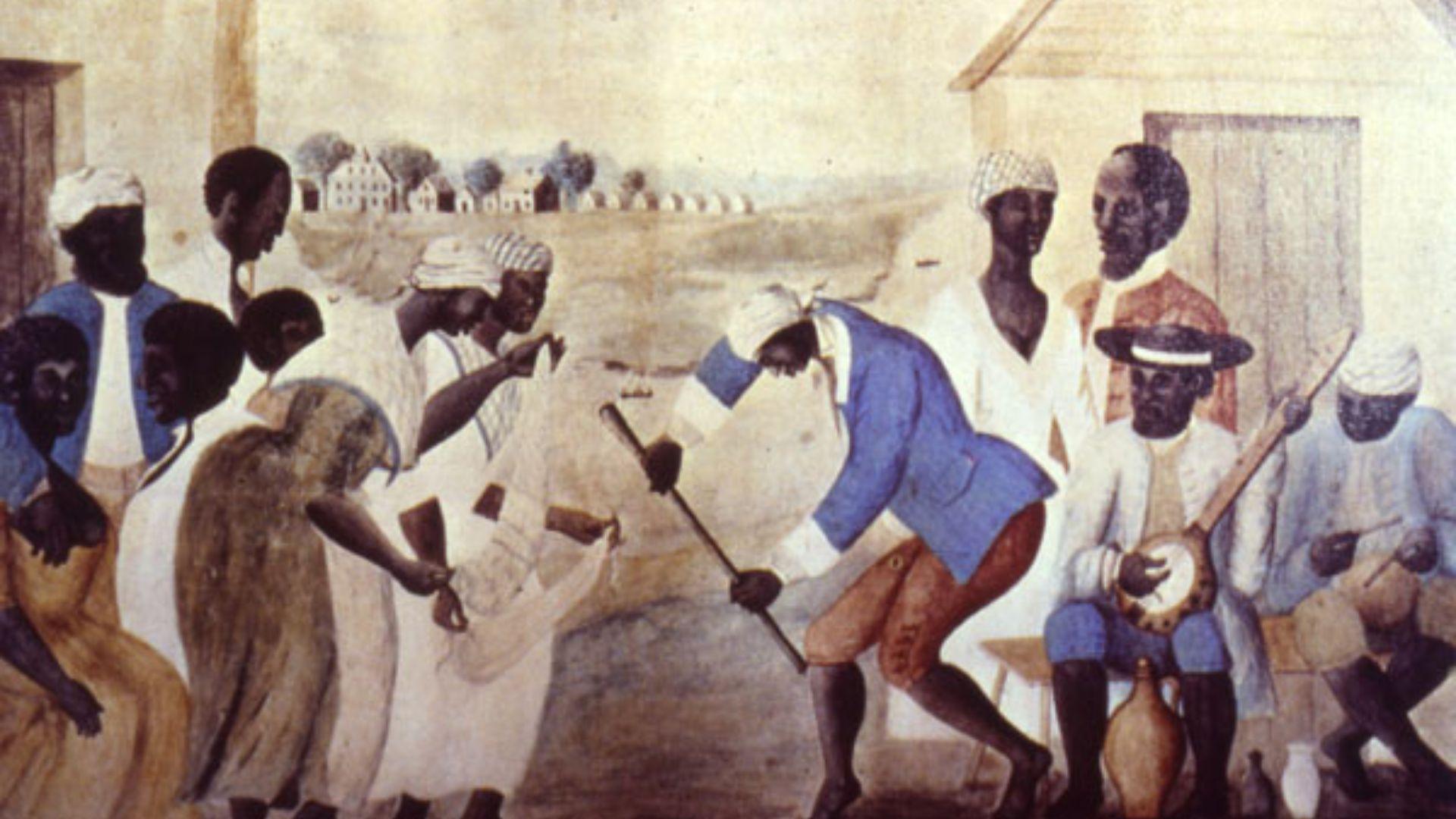
Source: Wikimedia Commons
It corrects historical narratives, acknowledging that African Americans were foundational to the success and operation of early American industries.
Future Directions
According to the study, future research will aim to connect more descendants with their historical roots and explore similar sites where enslaved individuals worked.

Source: Freepik
By expanding the scope of genetic ancestry studies, researchers hope to uncover further untold stories of African American heritage and resilience.
Community Engagement
Researchers continue to engage with communities, sharing findings and facilitating discussions on the implications for cultural heritage and identity.

Source: Freepik
These interactions aim to foster a collective understanding and appreciation of the historical significance of these findings among descendants and the broader public.
Reflection on Slavery's Legacy
Reflecting on slavery’s enduring legacy, this research underscores the complex ties between the past and present African American communities.

Source: Public Domain/Wikimedia Commons
It highlights how genetic research can bridge historical gaps, allowing today’s generations to reclaim a connection to their ancestors, disrupted by centuries of oppression.
Advanced Genetic Tools Enable New Discoveries
The use of advanced genetic tools has enabled researchers to make significant discoveries about the ancestral origins of the Catoctin individuals.
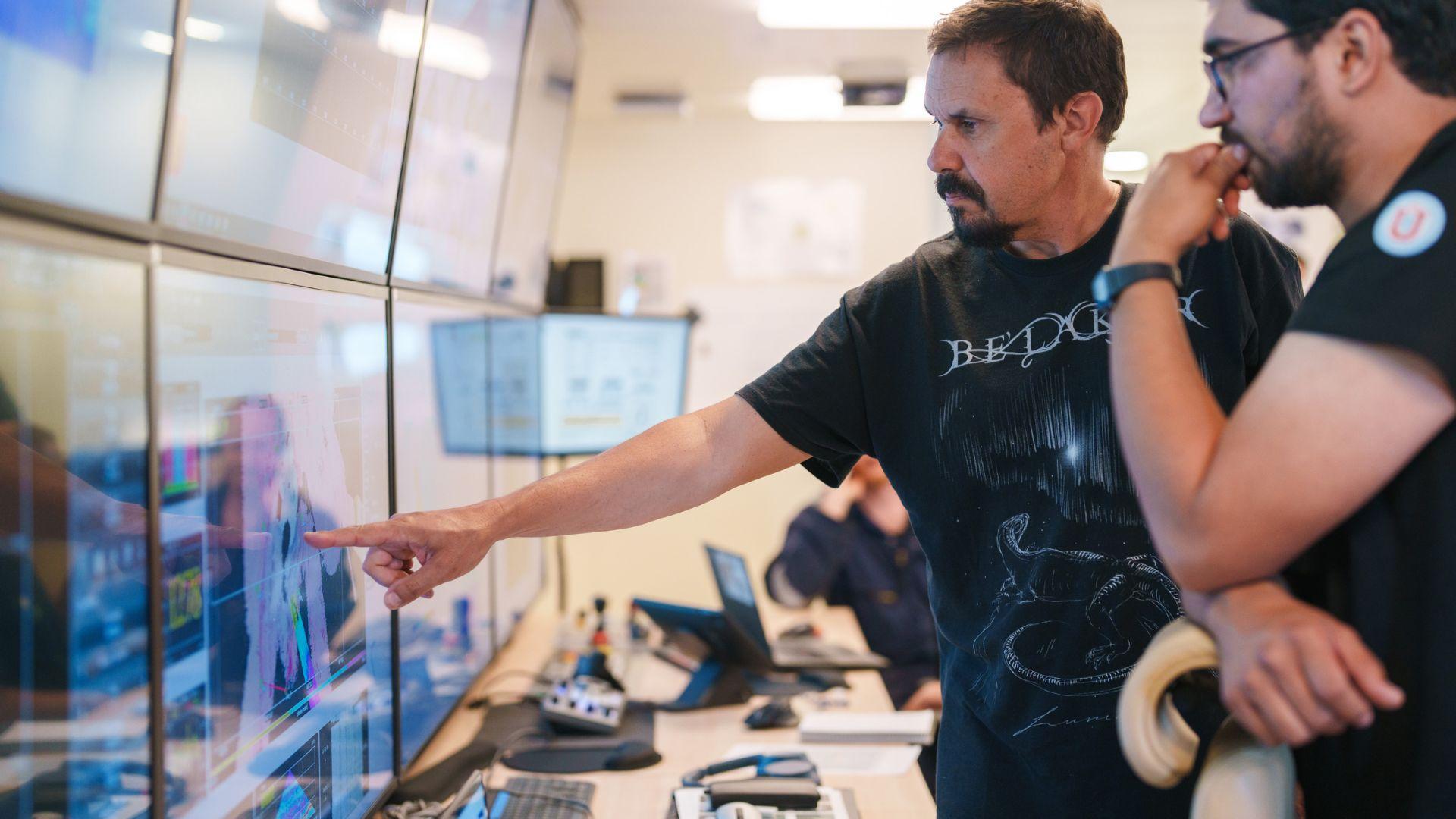
Source: Alex Ingle/Schmidt Ocean Institute
These tools help identify specific African and European ancestries, providing descendants with a clearer picture of their heritage and the complex interplay of genetics across continents.
Bridging the Gap
This study shows how the integration of historical DNA research and modern genetic databases can illuminate the obscured histories of enslaved African Americans.

Source: Wikimedia
By bridging the past with the present, it offers descendants not just knowledge of their ancestry but also a restored sense of community and identity.
